We all hear how brand new cars lose about 20% in value the second we drive them out of the dealership. However, a large percentage of us still buy cars new, understanding that they are heavily depreciable assets, which is the first sign of a bad investment.
We do this because we don’t see a vehicle as an investment, rather a lifestyle choice or necessity.
There are ways to justify it beyond dollars and that is a personal choice. I don’t agree with it, but I don’t argue with it either.
However, the same cant’ be said for property investment.
We don’t invest in property for lifestyle, and we certainly don’t invest in property for necessity.
However, somehow a considerable percentage of mum & dad investors are still sold by the shiny ads and clever marketing of these new toys with shiny fittings.
Somehow, although a property investment is supposed to be an appreciable asset, we rely on depreciation expense claims as a strategy to ‘saving’ money on tax, justifying it when the asset we bought 10 years ago is worth less than we bought it for.
The issue here is, without proper education as to what we should actually be focussing on when it comes to investing in property, let alone any asset, many investors become distracted by winning small, useless battles (like negative gearing for tax) rather than focussing on the only thing that should matter when investing in any asset: making a capital gain.
Or in other words, investing in property that will actually be worth more than we bought it for at a reasonable time in the future.
Profit.
So what does this have to do with new land estates? And what is so wrong about investing in them?
Let’s make this clear, people invest in new land estates because it is the product that is most heavily shoved down their throats by the institutions with the most money to do so – large land developers.
They are certainly not the best investment. And I will explain why they are actually the worst.
They are sold the idea of saving money on tax or making money in the long run when the only people who are actually making money from the sale of a new land estate lot is the developer who developed the lot and the sales rep who got his kickback.
But why is this?
What is the theory behind the stark proof that is sitting in the negative equity basket cases of examples like Ellenbrook, Aveley, Dayton, Baldivis, Byford, Alkimos, and Banksia Grove, to name a few.
I want to take you back to a fundamental economics platform:
Price Growth = Demand Growth / Supply Growth.
This is the most basic equation to explain why values go up in particular suburbs (and why they go down).
Now, demand growth is fairly easy to explain, but hard to pinpoint. It comes when the demand for a type of property in a certain area increases. On a city level, this comes and goes as our private and public projects ramp up and down, demanding skilled labour immigration (population growth) and offering higher wages (disposable income growth). On a suburb level, this comes when the offerings of that suburb (location, school, shops, transport, safety etc) become more desirable to our ever-evolving society. This changes over time.
We can track this by watching the ratio of number of properties under offer vs number of properties on the market, and how this contracts and expands over time.
For explanatory purposes, let’s think about an established suburb like Rossmoyne.
Rossmoyne has no more land available in the suburb. There are about 1400 properties in Rossmoyne. It was first subdivided decades ago. Now, the only time supply growth increases is when people subdivide their blocks and add a trickle of new lots of land to the market.
These are snapped up extremely quickly.
Can you see how this leads to a fairly constrained growth factor.
Lets call the growth factor 1.01
I.e. supply of properties for sale went up 1% this period.
Lets also say demand growth for properties in Rossmoyne went up 1% as a product of 1% more people being interested in Rossmoyne, with no wage growth (or credit growth) at the moment for people to pay more for the properties.
So in this instance, we can see Rossmoyne hasn’t gone up in value of down in value. It sits at 1.01/1.01 = 1.
We can define it, we can track it, it is a finite number.
So can you see how when we are all increasing in wages and there are more of us looking to buy, a suburb like Rossmoyne could increase in value very quickly?
It makes sense, right?
But what about if we look at Ellenbrook.
Sure, there is a fairly constant amount of people demanding property in Ellenbrook. There has been for a decade now. For arguments sake, lets say the demand for property in Ellenbrook is steady this period. The factor is 1.
That’s fine.
However, the issue with Ellenbrook and all new land estates on the fringes of the city is that the supply factor is nearly infinite. There is no real constraint on how much land is available in the suburb until the day the Department of Planning decides to switch the tap off and stop approving new land development applications from the big guys.
In this example, the equation for price growth becomes undefinable.
Demand is flat. This is fine.
But supply is so unconstrained that the price growth factor (theoretically) can never be above 1 until the day the suburb (and all surrounding, competing suburbs) is declared finished (and no more lots can be created).
In a new land development, supply simply increases at the curve of demand. If there is enough demand to get finance from the banks, the land developer (who doesn’t care about suburb price growth of your 3x2x2) will keep creating new supply because they keep making money doing so. In this sense, an investor looking for capital gains from a property in an unfinished land estate is like a dog chasing its tail.
Now whilst this news may be extremely disheartening to some, especially those who were sold down the river by our trusted land developers, it is comforting to know at some point in the past, every suburb was once a new land estate.
“The issue is, it’s not until the suburb is totally developed and all neighbouring options are as well that we can actually have a closed market of demand vs supply.”
This means that one day, when Ellenbrook and Alkimos and Baldivis are no longer at the frontier of our metro region, they will eventually see true price growth and not just growth fuelled by looser lending (i.e. 2005-2014).
The problem with this notion is, given the location and size of these suburbs, the slowing of urban expansion, and the structural and socio-economic challenges now facing owners and residents, gains made above values in 2014 could be over a decade away on the fringes.
Just now, at the current rate of properties under offer vs properties listed, there is currently 2 years of stock on the market in Baldivis. That’s 2 years just to get back to a point where the developers can come back in and keep supplying again.
Not only are economic fundamentals working against any relief for these suburbs, but now, due to the real-life issues facing families and investors with negative equity from high rates of 98% house-and-land package loans and general mortgage stress, socio-demographic issues such as crime and mortgage delinquency put these suburbs at great risk of being labelled undesirable on the whole.
I wish I had better news, but the only solace I can offer is that this story is not one that I see being shared by the majority of established suburbs in Perth.
On a whole, the broader macroeconomic fundamentals of Perth coming out of the 2016-2018 correction are extremely positive.
As a state, we are the still the highest paid workers in the country, yet our properties are half the price of Sydney’s.
New projects are coming through pre-feasibility and soon enough this will lead to rafts of new, well-paid jobs hitting the market with not enough skilled labour to fill them. This will lead to the government eventually having to open up new skilled migration visas, which is the fuel that ignites the demand side of our price growth equation.
Building approvals are extremely low, building companies are downsizing, demonstrating just how much supply has come off the market as a whole.
This means that supply growth is fairly balanced. All we are waiting for is demand growth to kick in, in an environment of low interest rates and the highest affordability ratio in the country.
On a whole, the prospect for Perth is promising. However, I hold a heavy heart for those continuing to hold cookie-cutter property in the outer fringes from before 2016.

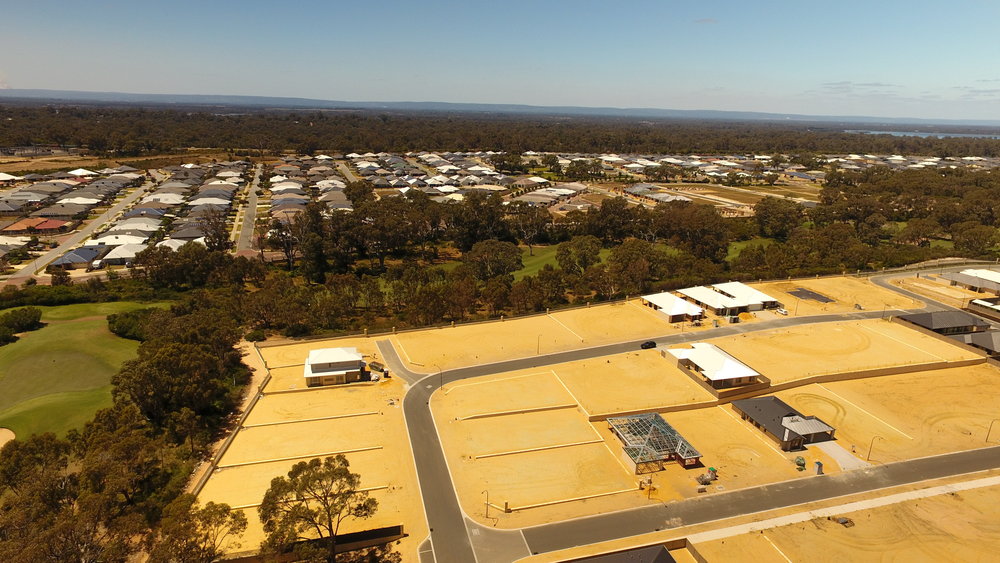

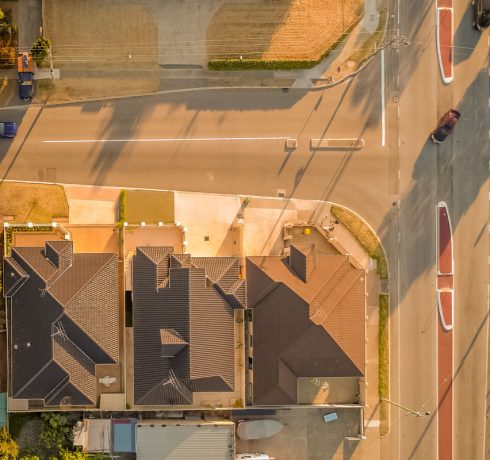
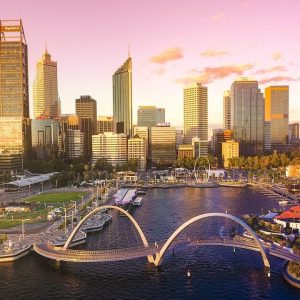
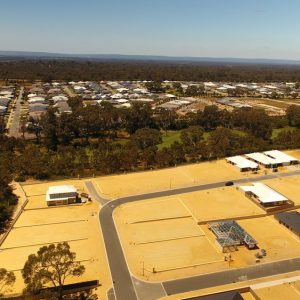
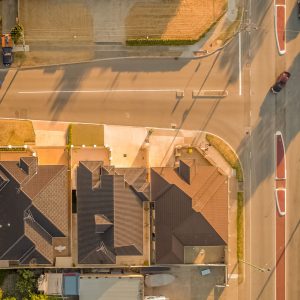

Comments are off this post!